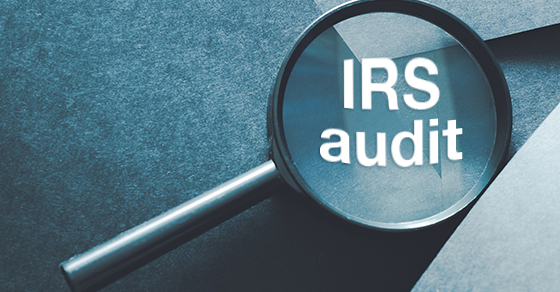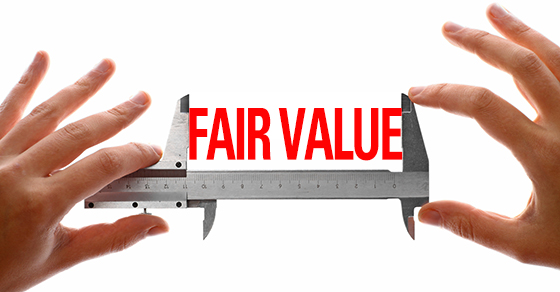
Whether it’s hard hats and drills on a jobsite, iPads in an office or RFID readers in a warehouse, small tools and equipment have a tendency to disappear at many companies. The cost of lost, damaged and stolen items can quickly add up, consuming profits and cash flow. What can you do to manage these items more effectively and create accountability among workers?
Technology to the rescue
Electronic bar-code technology that’s used to track inventory can also be used to label, coordinate, trace and catalog fixed assets in real time. These systems usually involve bar codes displayed on polyurethane labels on each tool or machine. The labels are designed to hold up under repeated on-the-job wear and tear.
These systems come with handheld devices that you can use to scan the bar codes when assigning tools and accepting returns. Tracking software sends the pertinent information to a database that can also be used for browsing, billing and running reports. In addition, the program records repair histories and maintenance schedules.
The cost of bar-code technology varies, depending on the number of features included in the system configuration. How complex a system you’ll need will depend on the number of items you’re looking to track. But if you’re already using this technology to manage inventory, there may be economies of scale by choosing a system that can handle both types of assets.
Improving efficiency
Bar-code technology also has the power to improve management efficiency. How? You can let employees know that, if the system shows that the tools they’ve checked out haven’t been returned, the employee or the job they’re working on could be charged for the missing item. Thus, employees will more closely monitor and protect these items to avoid paying for lost items or having a project go over budget.
The right system may also reduce your legal liability. In some industries, federal regulations or union rules may require workers to wear safety gear, such as goggles, hard hats and respirators. A formal tracking system allows you to show that you issued employees the proper equipment, which could in turn limit your accident liability.
Creating accountability
To take bar-code tracking to the next level, integrate it into your accounting system. For example, you might assign tools by employee name, job code, project number, date, time, location or other criteria. Then you can generate a report of employees or projects where specific tools are being used.
In turn, you’ll foster an atmosphere of accountability by making managers and employees more responsible for these assets. There’s no better way to drive home a point about wasted assets or money than to sit down with employees and show them, in dollars and cents, how a tool is being misused.
Bottom line
Bar-code technology isn’t new, but it’s become more cost effective and robust. Even if you’ve been working with this technology for several years, it’s time to consider upgrades that you might have missed — or new vendors with tighter security measures or innovative features.
For help evaluating your current system or investing in a new one, contact your CPA. He or she has helped other companies implement this technology and knows industry best practices and potential pitfalls to avoid.
© 2019










